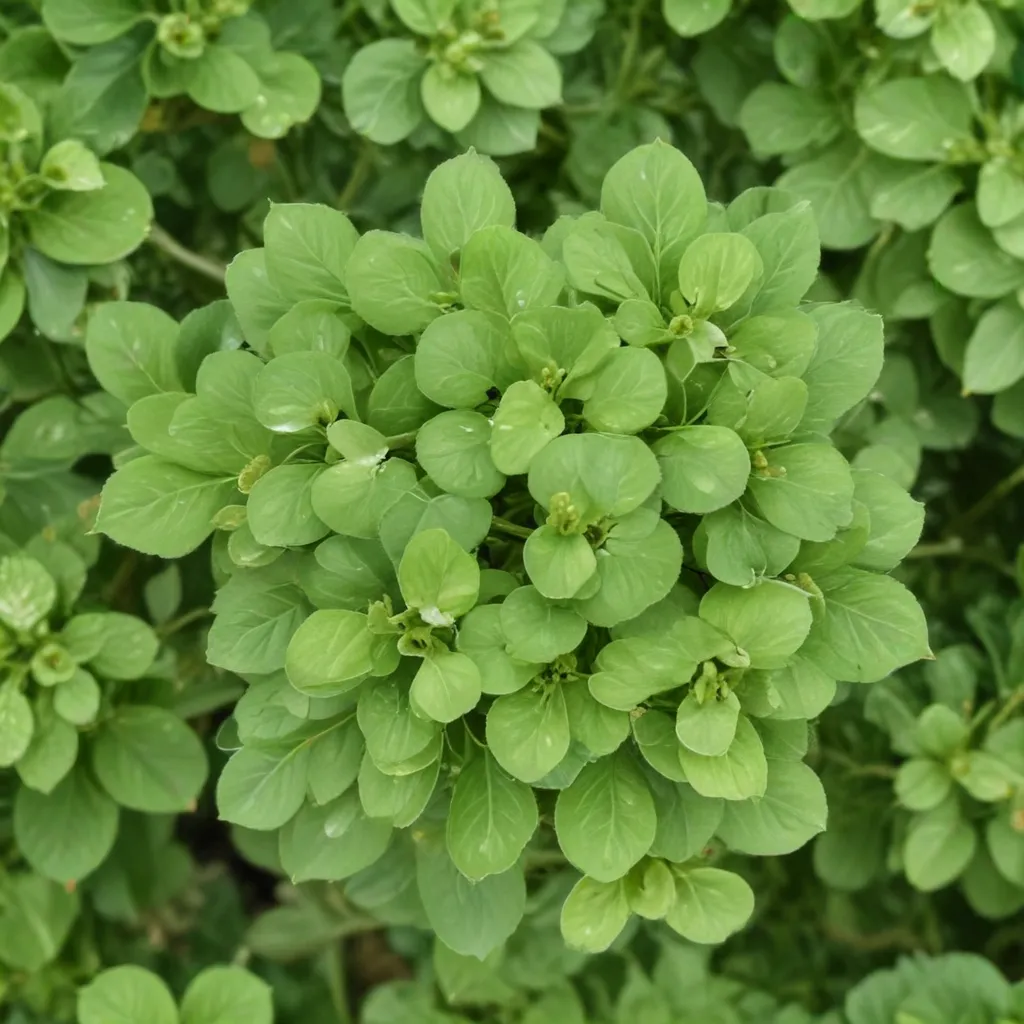
Quercetin, a ubiquitous flavonoid compound with powerful antioxidant and anti-inflammatory properties, holds great promise for improving the performance and egg quality of laying hens. By encapsulating quercetin into an efficient nano-delivery system, its bioavailability and targeted delivery to specific tissues can be significantly enhanced. This novel approach helps mitigate the limitations of free quercetin, such as poor stability, low aqueous solubility, and insufficient permeability.
Quercetin Compound
Quercetin (2-(3,4-dihydroxyphenyl)-3,5,7-trihydroxy-4H-chromen-4-one) is a naturally occurring flavonoid that can be easily obtained from various plant sources like apples, broccoli, onions, and red onions. It exhibits potent antioxidant, anti-inflammatory, and antimicrobial properties, making it a highly desirable compound for enhancing the health and productivity of laying hens.
The antioxidant capacity of quercetin is associated with its ability to scavenge free radicals, reduce malondialdehyde (MDA) levels, and enhance the expression of endogenous antioxidant enzymes such as glutathione peroxidase (GSH-Px), catalase, and superoxide dismutase (SOD). Additionally, quercetin can modulate intracellular redox status by increasing glutathione (GSH) levels and enhancing the expression of anti-apoptotic proteins through the Nrf2-dependent regulation pathway.
Nano Formulation Techniques
To overcome the limitations of free quercetin, researchers have explored the use of nano-delivery systems to enhance its bioavailability and stability. One such technique is the co-precipitation method for the fabrication of magnetite (Fe₃O₄) nanoparticles. These nanoparticles can then be loaded with quercetin through an emulsification-solvent technique, creating a quercetin-loaded Fe₃O₄ nanocomposite.
The resulting quercetin-loaded Fe₃O₄ nanoparticles exhibit a wire-like structure with diameters ranging from 50 to 90 nm and lengths extending into the micrometer range. This formulated nanoemulsion displays a negative zeta potential of -16 ± 11 mV, which is sufficient to prevent nanoparticle aggregation and promote enhanced stability.
Dietary Supplementation
The incorporation of quercetin-loaded Fe₃O₄ nanoparticles into laying hen diets has been shown to significantly improve their performance, egg quality, and antioxidant status. The nanocomposite effectively enhances the bioavailability and targeted delivery of quercetin to various tissues, enabling it to exert its beneficial effects more potently compared to the free form of the compound.
Impact on Laying Hens
Physiological Effects
Dietary supplementation of quercetin-loaded Fe₃O₄ nanoparticles has been found to enhance laying performance, as evidenced by increased hen-day egg production (HDEP), egg mass percentage, and net feed efficiency index (NFEI). Additionally, feed conversion ratio (FCR) was reduced, particularly at higher supplementation levels, throughout the entire productive cycle of egg production.
Regarding egg quality, the inclusion of quercetin-loaded Fe₃O₄ nanoparticles in laying hen diets significantly improved both external and internal egg characteristics. These include enhanced egg weight, yolk index, albumen weight, Haugh unit, and shell thickness compared to control diets.
Metabolic Pathways
The beneficial effects of quercetin-loaded Fe₃O₄ nanoparticles on laying hens can be attributed to their ability to modulate various metabolic pathways, including antioxidant activity and anti-inflammatory mechanisms.
Quercetin-loaded nanoparticles have been shown to upregulate the expression of antioxidant-related genes, such as CAT, SOD, GSH-Px, HO-1, and NQO1, in both the intestinal tissues and breast muscle of laying hens. This enhancement of the antioxidant defense system helps mitigate the oxidative stress associated with factors like C. perfringens infection, thereby improving overall hen health and productivity.
Moreover, the incorporation of quercetin-loaded Fe₃O₄ nanoparticles has been found to modulate the inflammatory response in laying hens. This is evidenced by the downregulation of pro-inflammatory cytokines (e.g., TNF-α, IL-1β) and the upregulation of anti-inflammatory mediators (e.g., IL-10, HO-1) in the intestinal tissues. This anti-inflammatory effect helps maintain the integrity of the intestinal barrier and promotes a healthy gut microbiome, ultimately enhancing the overall well-being and performance of laying hens.
Practical Applications
The use of quercetin-loaded Fe₃O₄ nanoparticles as a dietary supplement for laying hens holds great promise for the poultry industry. This innovative approach can help improve egg production and quality, enhance the nutritional value of eggs, and extend the shelf life of eggs by fortifying them with natural antioxidants.
Additionally, the benefits of this nano-formulation extend beyond the farm, as it can be leveraged for the food fortification of eggs and other poultry products, providing consumers with health-promoting nutrients and antioxidants.
Regulatory Considerations
Safety Assessments
The incorporation of quercetin-loaded Fe₃O₄ nanoparticles into laying hen diets must undergo thorough safety evaluations to ensure their suitability for both animal and human consumption. This includes conducting toxicology studies to assess any potential adverse effects and obtaining the necessary regulatory approvals from relevant authorities.
Labeling and Claims
Once the safety and efficacy of quercetin-loaded Fe₃O₄ nanoparticles have been established, their use in laying hen diets may enable nutritional labeling and health benefit claims for the resulting eggs. This can provide valuable information to consumers and help them make informed decisions when purchasing these enriched egg products.
Future Research Directions
Optimization of Formulations
Ongoing research efforts should focus on the optimization of quercetin-loaded Fe₃O₄ nanoparticle formulations, exploring parameters such as particle size, stability, and encapsulation efficiency. This will help ensure the consistent performance and reliability of the nano-delivery system, ultimately enhancing its practical applications in the poultry industry.
Evaluation of Long-term Effects
Further studies are needed to assess the long-term effects of incorporating quercetin-loaded Fe₃O₄ nanoparticles into laying hen diets. This includes evaluating the chronic exposure of hens to these nanoparticles and any potential transgenerational impacts that may arise, ensuring the sustainability and safety of this innovative approach.
By leveraging the power of nano-formulated quercetin, the poultry industry can unlock new frontiers in enhancing the performance, egg quality, and overall well-being of laying hens, ultimately benefiting both producers and consumers alike. For more information, visit www.winegardeninn.com.
